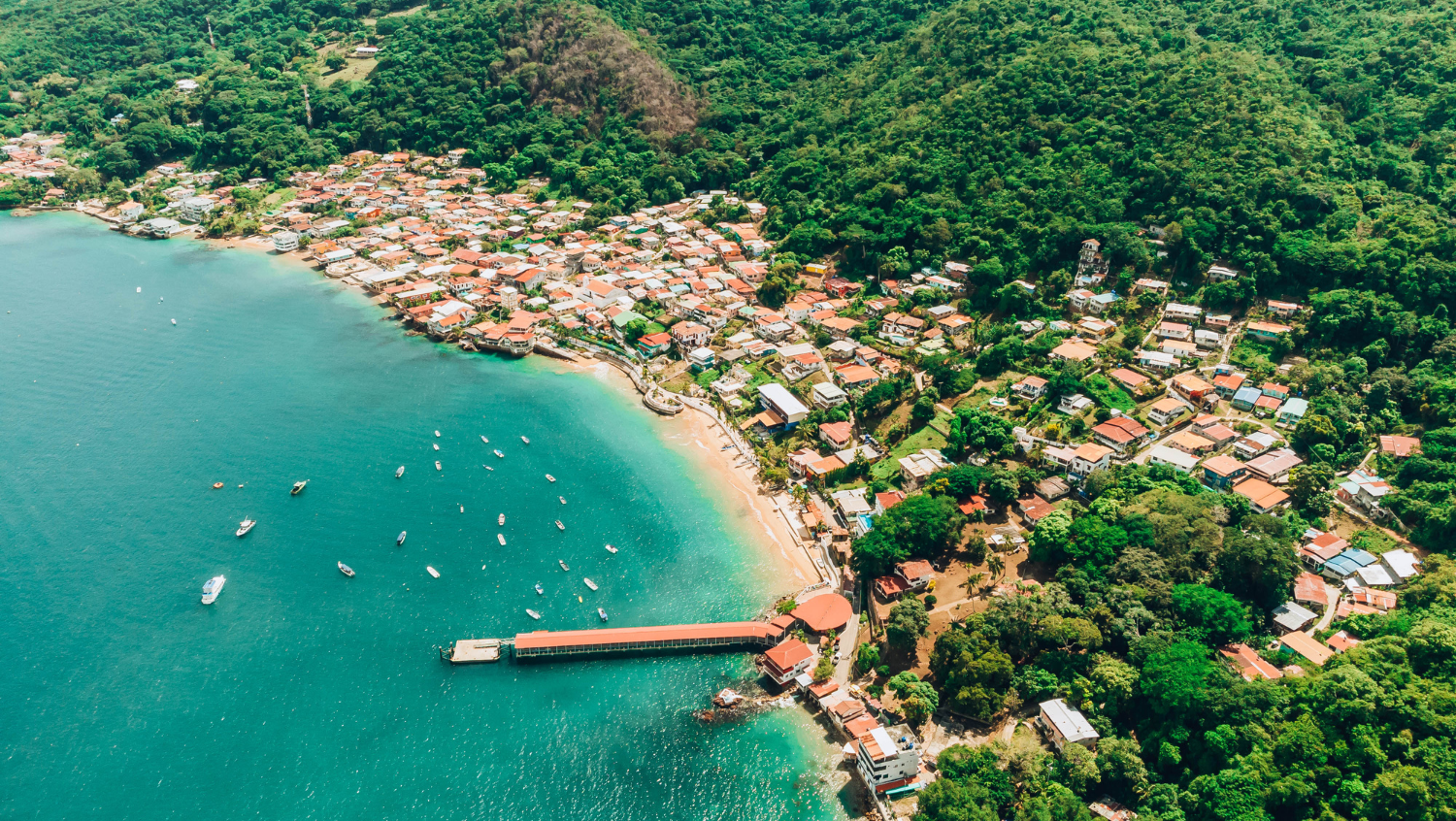Now Reading: Affordable Solo Travel Destinations Gaining Popularity Among Tier-2 Youth
-
01
Affordable Solo Travel Destinations Gaining Popularity Among Tier-2 Youth
Affordable Solo Travel Destinations Gaining Popularity Among Tier-2 Youth

Young Indians from Tier-2 cities are increasingly exploring the world—alone. With the rise of affordable travel options, social media inspiration, and a growing sense of independence, solo travel is becoming a defining trend among students and early-career professionals. But where are they going, and why is solo travel catching on now more than ever?
What’s Driving the Solo Travel Wave?
The post-pandemic mindset has shifted how young Indians view time, freedom, and personal growth. Many are seeking experiences beyond their hometowns to explore new cultures, learn independence, and take a break from academic or work stress.
Affordable accommodations, budget airlines, and digital tools for planning trips have made solo travel more accessible than before. Apps for navigation, bookings, and safety also boost confidence among first-time solo travellers.
Trending Destinations Among Tier-2 Youth
Himachal Pradesh, Goa, Rishikesh, and Pondicherry remain top choices due to their mix of affordability, community, and natural beauty. Northeast India, with places like Tawang and Shillong, is also becoming a new favourite for those seeking peaceful escapes.
For short, low-budget trips, local destinations within state borders—like Pachmarhi (Madhya Pradesh), Chikmagalur (Karnataka), or Lavasa (Maharashtra)—are rising in popularity among solo travellers from Tier-2 cities like Bhopal, Nagpur, and Mysuru.
The Social Media Influence
Instagram and YouTube have played a major role in pushing solo travel into the spotlight. Travel influencers, many from non-metro backgrounds themselves, regularly post solo itineraries, safety tips, and budget hacks.
For Gen Z, especially, travel is not just about sightseeing—it’s about personal storytelling, content creation, and self-discovery. These values resonate deeply with solo trips.
Safety and Family Concerns Still Exist
Despite the trend, concerns around safety, especially for women, remain a major consideration. Parents in smaller towns may still hesitate to allow their children, particularly daughters, to travel alone.
To address this, some solo travellers choose group stays in hostels, women-only accommodations, or travel with known community groups for a sense of safety and social connection.
Empowerment Through Exploration
For many Tier-2 youth, solo travel is more than a hobby—it’s a form of empowerment. It builds confidence, decision-making skills, and broadens perspective. Whether it’s managing budgets, dealing with language barriers, or meeting new people, the experiences often go beyond the journey itself.
Conclusion
The rise in solo travel among youth in Tier-2 cities reflects a shift in lifestyle, mindset, and aspirations. As infrastructure and digital access improve, more young Indians are likely to chart their own paths—literally and figuratively. Solo travel isn’t just a trend; it’s becoming a rite of passage for a new generation that values freedom, experience, and self-growth.

























